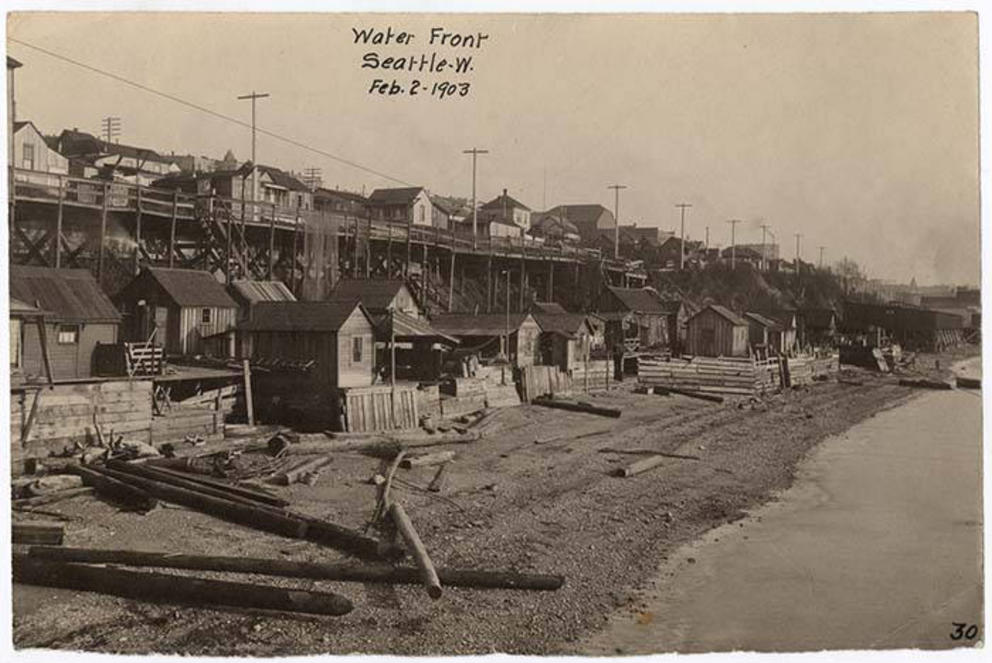Ozzy was one of my regulars. Every day he showed up — sometimes frantic, sometimes subdued — dragging a large, beat-up suitcase. He wore a beanie with tassels, a black dress and a trench coat adorned with lighters that dangled from its buttons. Most days, Ozzy sat at a table at the center of the cafe, where he’d stay for hours on end, bent over his laptop, listening to music and plotting his uncertain future.
At that job, I was lucky to become friends with people outside my station in life. Ozzy was one of them. And before long, through our conversations and my own various encounters with him on the streets, I learned about the chaotic rhythms of his days — his nighttime refuge in the doorway of a nearby teriyaki restaurant; his frequent encounters with unkind passersby while panhandling; the various acts of theft and violence he experienced at the hands of other homeless people.
These and other indignities have consumed Ozzy’s life in the six years I have known him. I give a hand when I can, with groceries and errands, and I occasionally help him navigate complex social services. Mostly, I am the last one he calls in an emergency — when he’s $85 in the hole a week before his next check deposits, or when parking enforcement has plastered an orange ticket to the windshield of the defunct RV he lives in, threatening to impound it. When you are homeless, the cruelties pile up relentlessly, and relief is fleeting.
Through the prism of Ozzy’s personal and ongoing emergency, the harder-to-fathom public emergency gripping Seattle has come into sharper focus for me. Imagine: one man’s singular crisis multiplied in King County alone by more than 10,000 other crises, each of a similar but unique shape.
It is humbling to contemplate. And yet our contemporary woes are nothing new.
I thought often of my friend Ozzy as I read Skid Road: On the Frontier of Health and Homelessness in an American City by University of Washington professor Josephine Ensign. The book, which I wrote about in Crosscut this week, charts the experience of homelessness in Seattle, from its settler beginnings to today, through the lives of specific people who lived it. By placing homeless people at the center of Seattle history, Ensign suggests that the perspective of the marginalized is vital to our city’s self-understanding. Indeed, she writes in her opening pages that the margins “literally define our collective lives.”
Skid Road is a difficult, sometimes disturbing, book. By detailing the trauma at the heart of this pioneer city, Ensign forces us to look beyond Seattle’s mythology as a beacon of inclusive progressivism. It’s bleak on the other side. To see Seattle from Ozzy’s perspective, and from the perspective of poor and marginalized people who came before him, is to see the city cast in a desperate light. It is easy to turn away from all that is illuminated by this vision — I’m as guilty of it as the next person. But we won’t get a true picture if we refuse to look.
This story was first published in Crosscut's Weekly newsletter. Want to hear more from reporters like Mason Bryan? Sign up for the newsletter, below.
Get the best stories of the week
This weekly newsletter dives deeper into one story and how it was reported, along with curating the best stories of the week.



